It’s our sincere wish that each of you, our readers, will greatly enjoy and appreciate this article about these 7 Spectacular Atlantic Ocean Species. We certainly enjoyed pulling the data together for you. May it provide you all with both education and increased awareness.
Naturally, though, these few species represent only the tiniest part of the abundance of wildlife in this marine region. Indeed, this part of the world’s oceans teems with life. To learn of some of the other wonders present here, check out some of our other articles.
Orca Facts
- Leading off this article about these 7 Spectacular Atlantic Ocean Species we give you the magnificent animal known simply as the Orca.
- The termapplied to it names an unforgettable species of toothed whale that many refer to the species as killer whales. This breathtakingly beautiful, but deadly, marvel of Nature also forms the largest extant species of the oceanic dolphin family.
- The powerful creature thus remains regarded as an apex predator in every ocean, much like the Great White Shark. Due to various reasons related to its movements, the IUCN currently lists its conservation status as Data Insufficient.
- That highly uncertain status appears on the organization’s Red List of Threatened Species. This also occurs because many scientists believe that the behavior of various local populations may indicate the existence of two or more subspecies of Orca.
- Nonetheless, many individuals currently believe this magnificent creature to be facing various threats to its continued existence. Lamentably, one of these perils continues to be that of becoming an accidental bycatch in commercial fishing.
- Another threat, however, continues to be the danger of encounters with boats. That holds true of both fishing and recreational forms. Its greatest threat, however, most likely comes from the tragic ongoing effects of climate change.
Orca Physical Description
Perhaps most notably, the adult Orca possesses a very distinctive color pattern. and is therefore rarely confused with any other creature, even at a distance. Typically, the animal presents black on the back with sides and chest a bright white in color.
This magnificent animal also displays a white patch present behind and above the eye. Its body shape is heavy and robust. A small degree of sexual dimorphism exists as well. The male Orca averages between 20-26 ft (6-8 m) in length, and about 12,000 lb (5,443 kg).
Females, however, develop somewhat smaller than that in overall size. In point of fact, these reach maturity with an average length of 16-23 ft (5-7 m), and an average weight of 8,000 lb (3,629 kg). The dorsal fin of the male is also twice the size of that of the female.
- Kingdom: Animalia
- Phylum: Chordata
- Class: Mammalia
- Order: Artiodactyla
- Family: Delphinidae
- Genus: Orcinus
- Species: O. orca
Orca Distribution, Habitat, and Ecology
Further augmenting its status, the breathtaking Orca has an extraordinarily broad range of habitation. That’s due to the fact that it inhabits every ocean on earth, from tropical seas to the Arctic and Antarctic areas, and has no known natural predators.
Due to its great range and global distribution, an exact estimate of its numbers is impossible. However, the general estimate is that there are at least 50,000 surviving Orca individuals at this time. But that number could change with new informtion.
Though the species remains present globally, the greatest concentrations exist in higher latitudes and coastal regions. The largest population concentration also lives in the region of the Antarctic. This fact often surprises those new to knowledge of it.
Sometimes referred to as the wolves of the sea, the Orca typically hunts in packs. Its favorite prey varies rather greatly, with specialization occurring between local populations. Overall, its food primarily consists of fish, birds, and various marine mammals.
That includes species such as baleen whales, other toothed whales, seals, sea lions, walruses, and at times sea otters. In addition, in the wild, the majority of Orca specimens observed appear to live as long as 90 years. In captivity, sadly, individuals die much younger.
Lettuce Sea Slug
Lettuce Sea Slug Facts
- Next up in this compilation of 7 Spectacular Atlantic Ocean Species comes the intriguing animal known as the Lettuce Sea Slug.
- The humorous term it goes by refers to a specific, and visually distinctive, marine gastropod mollusk. That common name’s easier to pronounce than its scientific counterpart, though. Its technical name’s the comparatively easy Elysia crispata.
- It’s also borne many other, earlier names. The Swedish biologist, Otto Andreas Lowson Mörch, specifically a malacologist, made the first known formal recognition of it. This first acknowledgment of the creature as a distinct species occurred in 1863.
- Its slightly amusing common name understandably derives from its remarkable physical appearance. Though it closely resembles a nudibranch, it’s something different. It’s technically classified as a sacoglossan, a somewhat distant relative.
- For the moment, the IUCN has no listing for the awesome Lettuce Sea Slug. Any such listing would appear on the organizations’ Red List of Threatened Species. This fortunate situation occurs partly due to its range of distribution, among other factors.
- The remarkable creature nevertheless faces the same threats as virtually all species on earth. Habitat loss naturally ranks as one such potential threat. Its greatest danger, however, no doubt comes from another source. That’s the peril of climate change.
Lettuce Sea Slug Physical Description
Though it easily impresses those who view it, the fabulous Lettuce Sea Slug does not do so due to sheer size. That’s because it’s a relatively diminutive variety. Being hermaphroditic in nature, the principle of sexual dimorphism doesn’t apply to the creature, though.
An exceptional size for mature individuals, however, equals roughly 2 in (5 cm). A larger-than-average body width for adult specimens, meanwhile, only measures about 1.2 in (3 cm). As a general principle, though, most individuals remain much smaller than this.
The most notable physical attribute of the fascinating Lettuce Sea Slug remains obvious. That’s the intricate protrusions covering its body, known as parapodia. These create the impression, to many, that the creature possesses an external covering of lettuce.
These further extend that comparison due to the most commonly displayed color, that of light green. These sometimes vary in color, however. In point of fact, these sometimes include shades of pale white or blue. Faint yellow or red lines also occasionally manifest.
- Kingdom: Animalia
- Phylum: Mollusca
- Class: Gastropoda
- Order: Sacoglossa
- Family: Elysiidae
- Genus: Elysia
- Species: E. crispata
Lettuce Sea Slug Distribution, Habitat, and Ecology
The gorgeous and unique Lettuce Sea Slug inhabits a comparatively wide section of the marine regions of the world. Sadly, though, that’s still a fairly small rang, compared to the size of the world’s waters. It lives in the tropical parts of the Caribbean and Western Atlantic.
More precisely, that zone of habitation extends from the area around Bermuda, to the Florida Keys, in the United States, in North America. Even there, though, its range remains further limited. That’s true since it only lives near coastal and tropical reefs.
This specific environment’s where it makes its home almost exclusively. It further does so at extremely shallow depths. The vast majority of individuals, in fact, appear at depths of between 1.6 – 39.4 ft (0.5 – 12 m). It also needs the water to be clear.
This amazing creation of Nature and evolution further has a highly specialized diet. It evolved as what’s known as a herbivorous suctorial feeder. This means that it consumes the sap of certain algae, usually green. It does not, however, digest all parts of it.
The hermaphroditic Lettuce Sea Slug is also highly prolific in nature. Most of its relatives lay between 30 – 500 eggs after mating. This species, however, lays an average of 1,020 eggs with each clutch. This provides it with a definite evolutionary advantage.
Beyond this data, researchers know very little about the remarkable Lettuce Sea Slug. That lamentable lack of information extends to such aspects as its predators and its role in the local ecosystem. Even its precise lifespan remains undetermined at this time.
Great White Shark
Great White Shark Facts
- The third creature appearing in this listing of 7 Spectacular Atlantic Ocean Species, the Great White Shark, lists there only due to random selection.
- The term for this wonder serves as one of the common names for a truly incredible variety of mackerel shark. This marvel of Nature also goes by the other common names, though, such as the great white, the white shark, and white pointer.
- In the meantime, it also has the tongue-twisting scientific name of the Carcharodon carcharias. But, regardless of what name one uses to refer to it, this magnficent creature represents one of the oceans primary apex predators.
- This incredibly efficient hunter also has almost no known predators of its own. This holds true throughout the entirety of its natural range. The rare exception, though, would be rare attacks by orcas when other, easier prey cannot be found.
- The breathtaking Great White Shark also exemplifies a very fast and far-ranging hunter. This true marvel of Nature has the ability to reach speeds measuring as much as 35 mph (56 kph). It can also safely dive to depths of as much as 3,900 ft (1,200 m).
- For a variety of reasons, the IUCN lists this majestic creature as Vulnerable. This holds true largely due to such factors as habitat loss and reduction of its prey, due to human commercial fishing practices. However, it also faces danger from climate change.
Great White Shark Physical Description
The remarkably impressive Great White Shark earns this status for several reasons, one of them being its sheer physical size. That’s because it attains a maximum known length of 20 ft (6 m) and weighs as much as roughly 5,000 pounds (2,268 kg).
It displays a visually striking color pattern. This holds true due to the fact that, most commonly, it appears grayish in color on the top part of its body and white underneath. In addition, just like many species of sharks, the Great White Shark has multiple rows of teeth.
Like all sharks, it also possesses a special sensory organ which allows it to detect the electromagnetic fields generated by the movement of living animals. In this species, this sense seems to be rather especially acute, allowing it to detect a field of half a billionth volt.
- Kingdom: Animalia
- Phylum: Chordata
- Class: Chondrichthyes
- Order: Lamniformes
- Family: Lamnidae
- Genus: Carcharodon
- Species: C. carcharias
Great White Shark Distribution, Habitat, and Ecology
It bears mentioning that the remarkable Great White Shark has more advantages than just its physical attributes. That holds true because it possesses an almost global range of habitation. This gives it a decided advantage over many species.
As a result, this truly amazing fish inhabits virtually all temperate and tropical waters. This fact often amazes those who encounter it. But, the greatest known concentration of its numbers presently occurs in the waters off the coast of South Africa, in Africa.
The incredibly powerful predator most commonly appears in coastal and offshore areas. This practice, quite unfortunately, frequently leads to encounters with humans. There, though, it rarely, though not never, enters waters with depths of less than 1,000 ft (305 m).
This extremely dangerous creature much more commonly appears at great depths, however. These often reach as deep as 3,900 ft (1,200 m). Additionally, with an average lifespan of 25 – 30 years, it generally prefers to stalk a regular territory.
Given its power and speed, the supremely effective predator quite understandably feeds on a wide variety of prey. In point of fact, this monstrously powerful, and also highly aggressive, hunter will feed on virtually any creature it can find.
The Great White Shark nevertheless does tend to have certain preferences for its choice of prey, as nearly all creatures do. More specifically, these include tuna, dolphins, seals, sea turtles, sea otters, and even, when possible, marine birds.
Leatherback Sea Turtle
Leatherback Sea Turtle Facts
- Now making itself noticed in this compendium of 7 Spectacular Atlantic Ocean Species is the phenomenal Leatherback Sea Turtle.
- The most notable statistic about this truly magnificent product of evolution remains the fact that it ranks as a legitimate giant of its kind. In point of fact, this truly fabulous animal presently lists as the largest of all known living turtles.
- This remarkable and quite impressive creature also constitutes the fourth heaviest of all living reptiles. Only three of the modern crocodilians surpass it in terms of sheer weight, which remains quite an accomplishment for it.
- The fascinating animal further distinguishes itself from all other sea turtles in another manner, as well. This holds true since the amazing sea reptile represents the only known species of its kind that does not possess a bony shell.
- Sadly, however, the Leatherback Sea Turtle now finds itself facing threats to its existence. As a result, the IUCN now lists it as Vulnerable, on its Red List of Threatened Species. The main threats include chemical and plastic pollution, and boat strikes.
- Most regrettably, the estimated number of nesting females among this reptile has plunged dramatically since 1980. At that time, these numbered about 115,000. Currently, however, that number has dropped to fewer than 43,000.
Leatherback Sea Turtle Physical Description
Without question, in the minds of many, the mature Leatherback Sea Turtle represents a truly impressive sight to see. Some impressive individuals reach a total length of as much as 7.2 ft (2.2 m), and achieve a weight often reaching as much as 1,540 lb (700 kg).
Coincidentally, this breathtaking animal also has the longest front flippers of any turtle. These out-sized appendages average an astonishing length of 8.9 ft (2.7 m). That measurement makes them the longest both in sheer length and relative to body size.
In coloring, the fabulous reptile also displays a dual pattern to its appearance. Its upper carapace typically shows a combination of black and dark gray, while the underside of the body generally presents a significantly lighter color scheme.
It is the outer covering of the Leatherback Sea Turtle, however, that separates it from all others. That’s due to an amazing divergence of evolution. Instead of a bony shell, this creature has a covering of extremely thick, tough leathery skin to protect it.
- Kingdom: Animalia
- Phylum: Chordata
- Class: Reptilia
- Order: Testudines
- Family: Dermochelyidae
- Genus: Dermochelys
- Species: D. coriacea
Leatherback Sea Turtle Distribution, Habitat, and Ecology
It must be pointed out that, thankfully, the marvelous Leatherback Sea Turtle has an almost global range. The majority of its population occurs in the tropical and subtropical oceans. Its range, however, extends from the Arctic Circle to Cape Agulhas, in Africa.
Its population numbers, though, appear to be mainly concentrated in three primary populations. Not only that, but each of these remains slightly genetically distinct from the others. These occurs in the Atlantic, western Pacific, and eastern Pacific oceans.
Each of these do share many of the same traits, however. Firstly, all prefer to inhabit the open ocean. Secondly, all tend to follow their prey as it moves during the day. This often results in it moving from deep water during the day to shallower regions at night.
In an interesting twist, juveniles typically prey on various small species for their food, while the adults feed almost exclusively on various types of jellyfish. In contrast, mature adults has few natural predators. The few include orcas and large sharks.
Despite all these facts, the Leatherback Sea Turtle is perhaps best known for its nesting practices. Although most of its kind return to the exact beach of their birth, it remains less selective. For it, any beach in the same region seems to serve perfectly well.
Fin Whale
Fin Whale Facts
- Here in this article about these 7 Spectacular Atlantic Ocean Species we present the largest member of the group, the Fin Whale.
- This magnificent work of Nature and evolution most frequently goes by this specific common name. The animal also goes by the alternate name of the common rorqual and the finback whale. Previously it was also known by two other unique terms.
- Those formerly used names consisted of the razorback whale and the herring whale. Scientists, however, know it by yet another term. It’s a much more difficult to pronounce term, however. That’s its technical name of Balaenoptera physalus.
- The first formal acknowledgement of the astounding creature as a separate and distinct species occurred in 1758. That official recognition additionally took place at the hands of the highly esteemed Swedish botanist and zoologist, Carl Linnaeus.
- Regrettably, like many of its brethren, humans once hunted this mammoth of the seas mercilessly. Due to the actions of humans, its population plummeted. Thankfully, though, the International Whaling Commission issued a moratorium on hunting of it.
- Following this action, its numbers slowly rebounded, though its numbers still lag far behind the original. Current estimates now place its global population at between 100,000 and 119,000. The IUCN, therefore, now lists the cetacean as Vulnerable.
- The beautiful Fin Whale still faces many threats to its existence, despite the ban. That’s because of several factors. One of those consists of the fact that Japan and Iceland have resumed hunting. It further faces the ongoing threat posed by climate change.
Fin Whale Physical Description
The breathtaking Fin Whale quite easily impresses the viewer for several undeniable reasons. The first of these, however, has to be its sheer physical size. That’s due to the fact that the whale represents the second-largest of all creatures known to currently exist.
Physical dimensions actually vary between populations in the Northern and Southern Hemispheres. Overall, however, the difference remains relatively minor. Individuals further display a moderate degree of the physiological trait of sexual dimorphism.
In its specific case, this trait manifests in terms of physical size. More precisely, females attain an average body length slightly greater than that of the males. The former average around 66 ft (20 m), while the males only attain lengths averaging about 61 ft (18.5 m).
The body weights of the genders, understandably, also differ. In the Northern Hemisphere, the longer females typically weigh 111,000 lbs (50,349 kg), but the males only average 85,000 lb (38,555 kg). In the Southern Hemisphere, both measurements are slightly greater.
Otherwise, though, the two sexes remain virtually identical in terms of general physical appearance. This visual pattern remains a complex mix, though. The underside appears an off-white in color. The upperside, meanwhile, appears grayish to brownish.
The head of the Fin Whale, though, presents a unique pattern of its own. On the left side, this appears a dark gray. The right side, though, shows a surprisingly complex pattern. This consists of various patches of contrasting light and dark gray and brown shades.
- Kingdom: Animalia
- Phylum: Chordata
- Class: Mammalia
- Order: Artiodactyla
- Family: Balaenopteridae
- Genus: Balaenoptera
- Species: B. physalis
Fin Whale Distribution, Habitat, and Ecology
One factor working in the favor of the awesome Fin Whale continues to be its habitat range. That’s because this species, like most rorquals, has a cosmopolitan distribution. In point of fact, populations appear in virtually all of the major oceans of the globe.
These include regions extending from both the North and South Poles, to all of the tropical regions. The exceptions to this range remain few, in fact. These include the zones near the ice packs at both poles. Others, though, include areas such as the Red Sea.
This wonder of Nature also displays a high degree of versatility in its habitat preferences. That’s clearly demonstrated, however, by its appearance in such wide-ranging climates. It does appear to be more common intemperate and cool waters, though.
Like many of its related species, this cetacean evolved as a filter feeder. It therefore feeds primarily on vast quantities of krill. Its diet does, however, include a smaller percentage of other prey. These include other small crustaceans, fish, and sometimes squid.
It in turn has only one known natural predator, other than mankind, of course. That’s the equally magnificent Orca. To the best knowledge of researchers, however, such attacks occur on a rare basis. When they do, it typically involves several so-called killer whales.
For the amazing Fin Whale, mating usually occurs in the Winter. The females typically give birth every 2-3 years, and to a single calf, though multiples do occur. These sometimes number as many as calves. Finally, mobile groups generally average 6-10 specimens.
Porbeagle
Porbeagle Facts
- Holding down the fifth position in this listing of 7 Spectacular Atlantic Ocean Species comes the fascinating creature named the Porbeagle.
- The short term used for it serves as the most frequently used common name for this fish. It’s actually a species what’s known as mackerel sharks. However, the intriguing Lamnidae also goes by several other names, in various parts of its natural range.
- These include such names as Beaumaris shark, Atlantic mackerel shark, bottle-nosed shark, and blue dog. Professionals, though, such as researchers, tend to employ its formal name when referring to it. That’s the relatively simple term Lamna nasus.
- It received that designation due to the work of the French naturalist, Abbé Pierre Joseph Bonnaterre. He accomplished the first official acknowledgement of the creature as a separate and distinct species. This scientifically noteworthy event occurred in 1788.
- Regardless of the term one chooses to use, though, it remains a fascinating animal. It’s also known for being quite fast, and highly active. Yet it’s well-known as comparatively docile. Only a handful of bites by this species have been reported, none serious.
- Sadly, however, the population of the amazing Porbeagle continues to shrink. Though it now enjoys a measure of protection, this applies in only a few areas. Various nations and Unions now ban hunting it, but this only applies within their area of influence.
- The remarkable fish therefore faces numerous threats. These obviously include commercial fishing, as well as sport fishing. Climate change also now poses a danger to it. For all these reasons, the IUCN now lists the species as Vulnerable on its Red List.
Porbeagle Physical Description
The physique of the remarkable Porbeagle quickly impresses those who encounter it. It’s worth noting, however, that it does so for attributes wholly unrelated to sheer size. That’s because this variety of shark only ranks as slightly above average in that regard.
Although populations vary somewhat in size, depending on their region, in many of these one trait stands out. That’s due to the fact that some populations display the physiological characteristic of sexual dimorphism. In its case, though, this manifests in sheer size.
More specifically, females attain a moderately greater length than their male counterparts. As a result of this size disparity, females reach an average body length of approximately 9.8 ft (3.0 m). Males, meanwhile, only average roughly 8.2 ft (2.5 m) in overall length.
Despite the difference in length, though, average weights measure about the same. Most specimens only weigh around 298 lb (135 kg). Exceptional individuals do occur, however. The heaviest known member of the amazing species weighed in at 510 lb (230 kg).
The overall body shape’s often referred to as stout, with males being somewhat more so than females. The elongated snout tapers to a pointed structure. Its eyes further develop as large, and deep black in color. Its mouth also develops as proportionately large and curved.
In terms of coloring, though, the Porbeagle displays a fairly common pattern. The upper surface dislays a moderate to dark gray color. Its underside, meanwhile, typically shows an off white. Some populations also display irregular, dusky blotches across the belly.
- Kingdom: Animalia
- Phylum: Chordata
- Class: Chondrichthyes
- Order: Lamniformes
- Family: Lamnidae
- Genus: Lamna
- Species: L. nasus
Porbeagle Distribution, Habitat, and Ecology
One factor working in the favor of the Porbeagle is its natural distribution. That’s because it has an extremely broad, yet simultaneously specific, range of habitation. It evolved to possess what ichthyologists, scientists who study fish, call an amphitemperate range.
That’s simply a technical term that means three things. Firstly, the animal appears almost globally, within certain paramaters. Secondly, however, those parameters restrict it to the temperate waters of both hemispheres. Finally, its absent from tropical areas.
Within that zone, though, it inhabits a broad range of depths. In this, different populations present varying preferences. Thus, some groupings appear offshore, at depths of as much as 4,460 ft (1,360 m). Others, meanwhile, appear at depths as shallow as 3.3 ft (1m)!
Yet, in all regions this wonder of Nature makes its home in, some individuals display a daily migration pattern, while others do not. Those particular specimens that migrate usually spend the day at greater depths. These then later move toward the surface at night.
The intriguing Porbeagle appears either in small groups or singly. In both instances, it’s also one of the few known fish species to exhibit signs of play. That’s due to the fact that, on occasion, individuals wrap themselves in rolling and unrolling themselves in kelp strands.
Like other sharks, it also evolved as an active predator. It’s opportunistic, as well, feeding on virtually any small or medium-sized bony fish it finds. Small cephalopds, especially squid, additionally form an important part of its diet. Lifespan ranges from 30-40 years.
Flamingo Tongue Snail
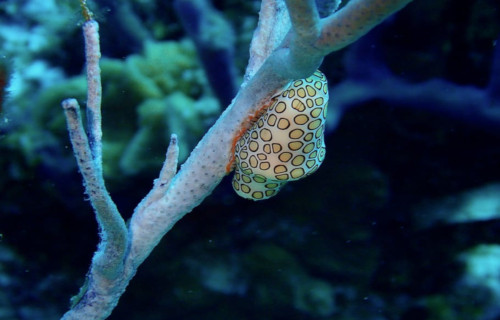
Flamingo Tongue Snail Facts
- Closing out this article about these 7 Spectacular Atlantic Ocean Species comes the brilliantly colorful Flamingo Tongue Snail.
- The descriptive term we use for it serves as the accepted common name for a remarkable variety of sea snail. This marvel of Nature also goes by another name, however. Among researchers, it’s known by the name Cyphoma gibbosum.
- Regardless of which name one uses, it remains a most fascinating creature. It also represents one of only eleven recognized species within its genus. Yet, even among its brethren this fabulous marine gastropod mollusk stands out from the crowd.
- That’s partly due to the fact that it’s one of the most colorful of them all. This wondrous animal also distinguishes itself in yet another manner. That’s because it remains the most numerous of its various relatives present within its native range.
- Sadly, though, this awesome creature once existed in much greater numbers. But, human tourism vastly reduced its population base throughout most of its natural territory. Divers and snorkelers often take the seemingly empty shells.
- For the moment, though, the Flamingo Tongue Snail does not appear on the IUCN Red List. Many experts nonetheless consider it to be at risk. While it still faces the dangers posed by tourists, its major threats now consist of habitat loss and climate change.
Flamingo Tongue Snail Physical Description
Perhaps most notably, describing the appearance of the Flamingo Tongue Snail is quite complicated. That’s due to the fact that its physical appearance varies significantly between when it is still alive, and immediately after its passing. That’s due to a unique characteristic.
Firstly, it itself remains a physically small specimen. In fact, the maximum measured body length only equals 1.7 in (4.3 cm). But an average length for the body is much smaller. The shape of the remarkable shell itself also typically develops as elongated in structure.
Secondly, while still living, the species generally displays a brilliant orange and yellow. It also often displays random black markings. Furthermore, these colors actually come from live tissue covering the shell itself. In this respect, the Flamingo Tongue Snail truly stands apart.
Thirdly, this covering can be withdrawn at will, but that rarely occurs while the creature lives. When the incredible creature dies, the colors fade. Finally, the smooth underside of the astonishing shell most commonly displays combinations of shades of pink and white.
- Kingdom: Animalia
- Phylum: Mollusca
- Class: Gastropoda
- Order: Neotaenioglossa
- Family: Ovulidae
- Genus: Cyphoma
- Species: C. gibbosum
Flamingo Tongue Distribution, Habitat, and Ecology
The Flamingo Tongue Snail inhabits a moderately broad range of the marine waters of the world. The exact area in which it appears likely comes as no great surprise, however. More precisely, it primarily lives in the warmer waters of the western Atlantic Ocean.
This amazing gastropod appears in a region that begins off the northern coast of the country of Brazil, in South America. From there, this marvelous denizen of the ocean appears as far north as the coast of the state of North Carolina, in the United States, in North America.
The range of the awesome gastropod also extends westward as well. Though populations remain smaller, it appears in the waters around Bermuda and the Lesser Antilles. Scattered specimens also appear in the Gulf of Mexico and the Caribbean Sea.
Throughout the entirety of its range, the gorgeous mollusk remains consistent in its choice of habitat. For one thing, the tiny beauty only lives in very shallow areas. In point of fact, the maximum depth at which any specimen has ever been spotted only measured 95 ft (29 m).
The diet of the aptly-named Flamingo Tongue Snail remains consistent with related species. The animal lives almost solely among coral reefs and feeds exclusively upon the flesh of soft coral. The species also evolved an almost symbiotic relationship with this life form.
The perfectly evolved creature of the sea feeds by scraping the fresh polyps off of the coral, finding hem easy prey. As most things in nature, this process is virtually perfect. The process does not harm the original coral, which subsequently regrows more polyps.
7 Spectacular Atlantic Ocean Species
We sincerely hope that you have thoroughly enjoyed reading, and hopefully learning from, this article about 7 Spectacular Atlantic Ocean Species. It’s also our great hope that doing so has left you with either a new or renewed appreciation for such works of Nature.
Unfortunately, however, many of their kindred around the world now find themselves facing dire threats to their continued existence as a species. Many of those dangers, in fact, stem from the actions of mankind. We must do all we can to protect and preserve them all.
Check out our other articles on 5 Tantalizing Mammals of Tasmania, Earth’s Many Stunning Waterfalls, 6 Magnificent Carnivorous Plants, Wonderful Wild Cats of the World

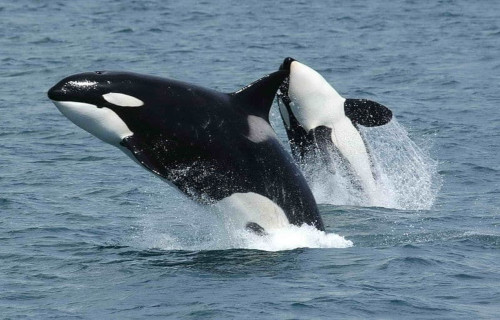
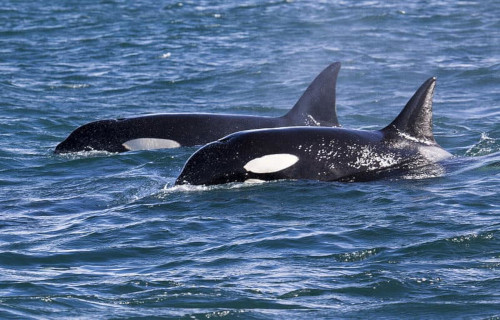
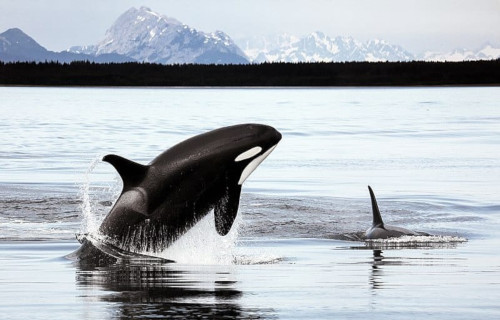
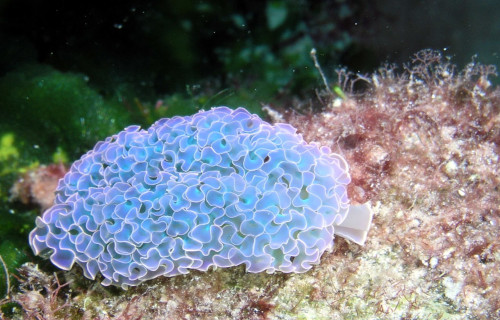
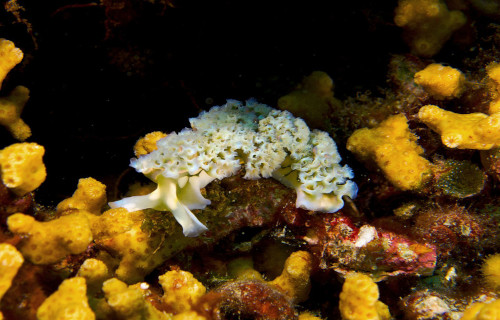
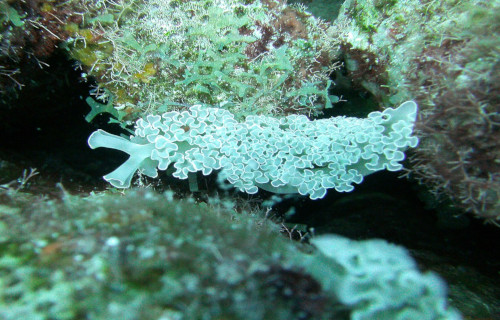
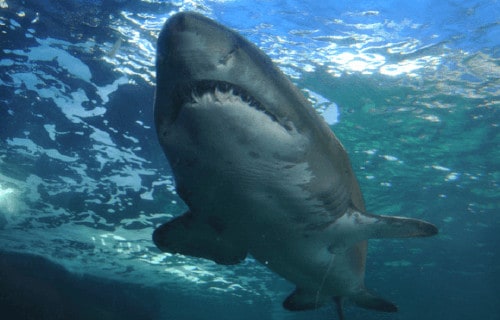
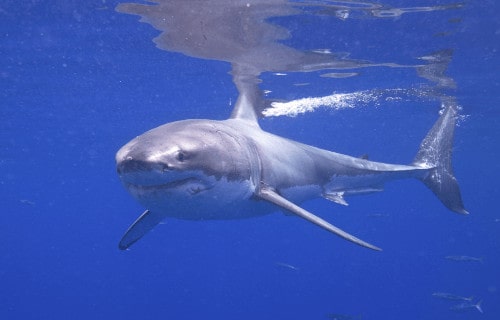
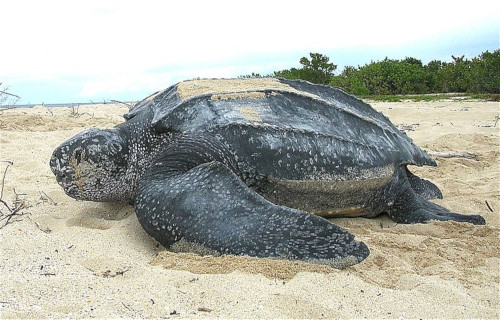
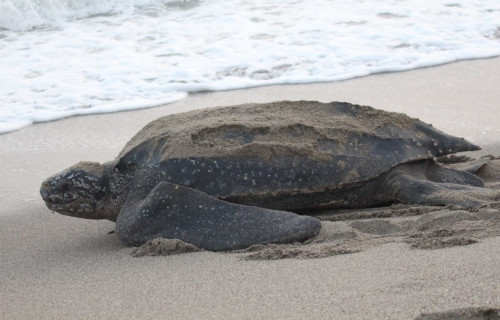
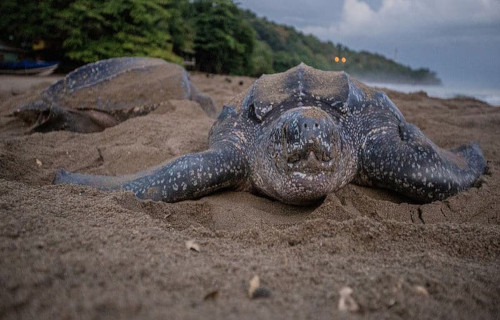
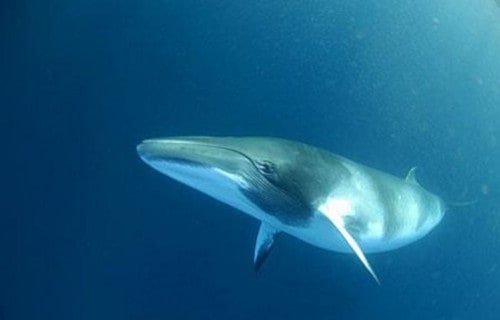
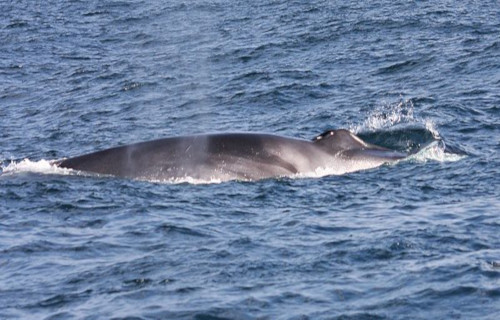
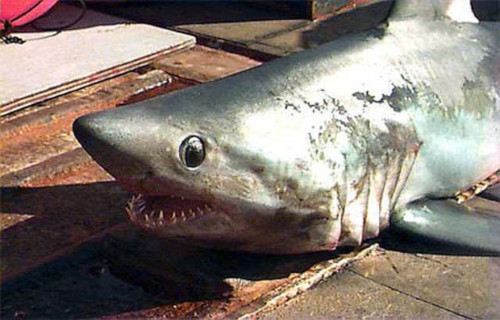
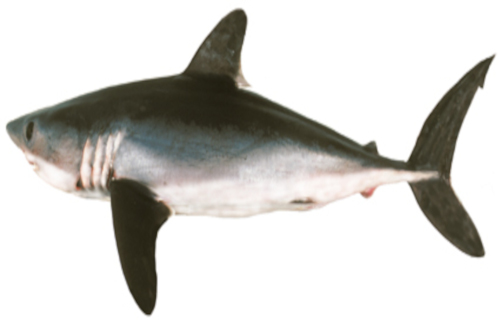
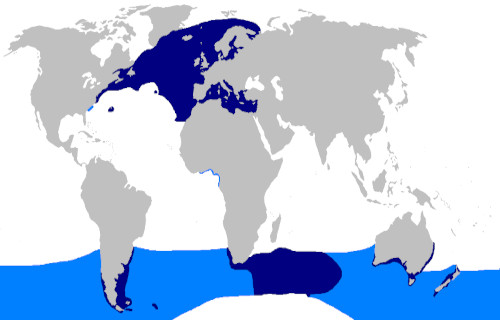
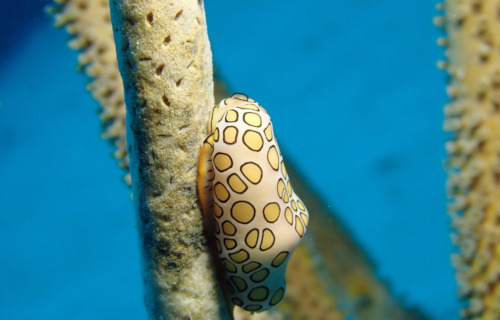
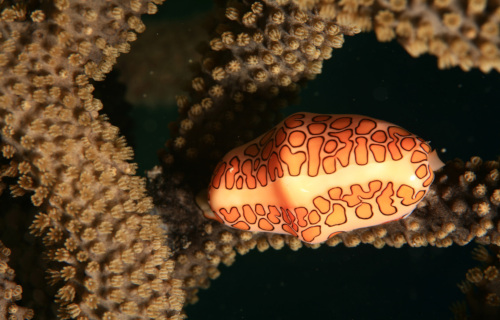









Leave a Reply